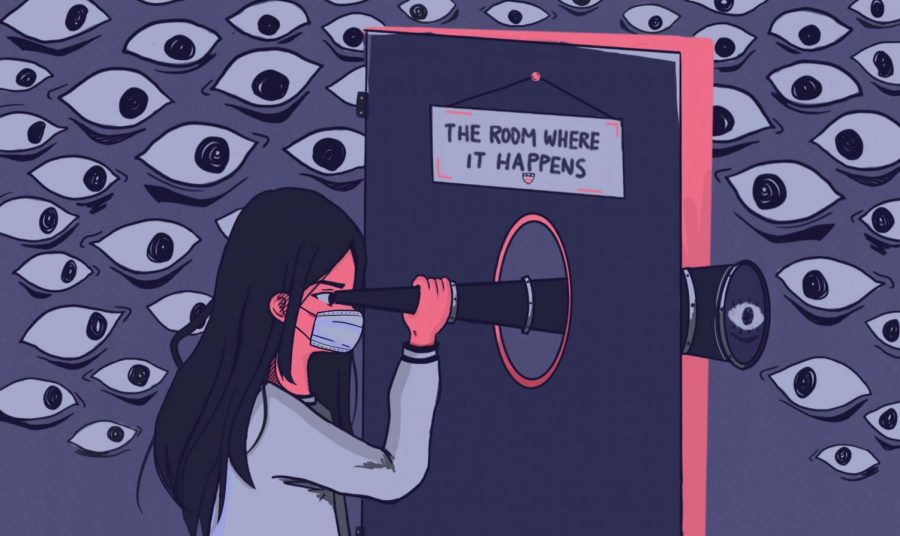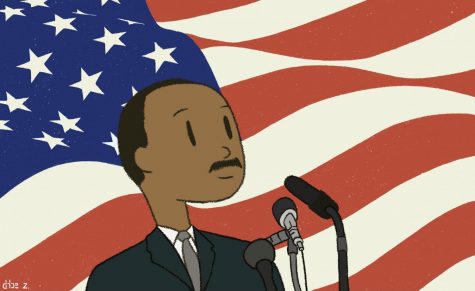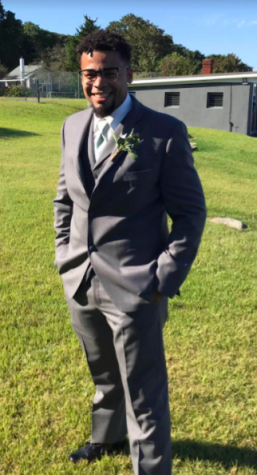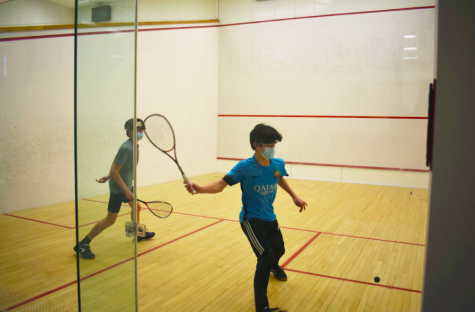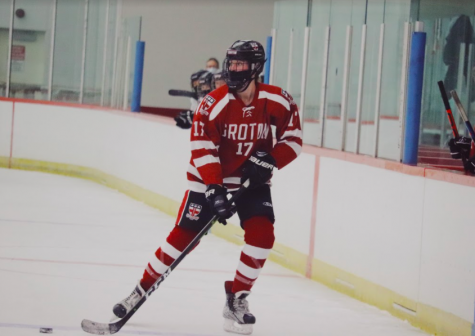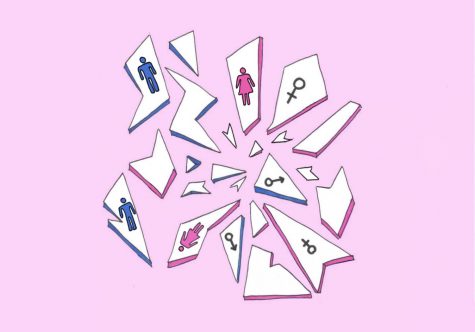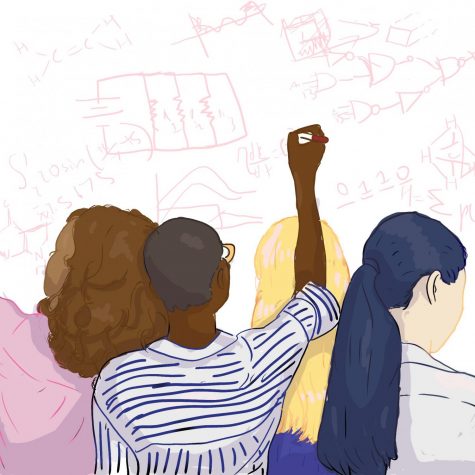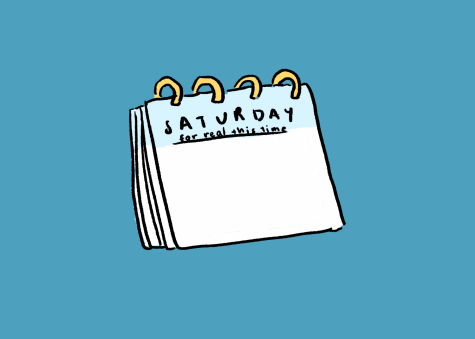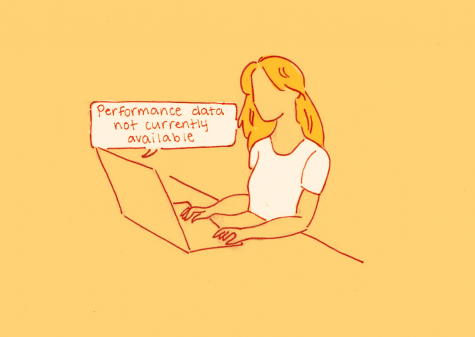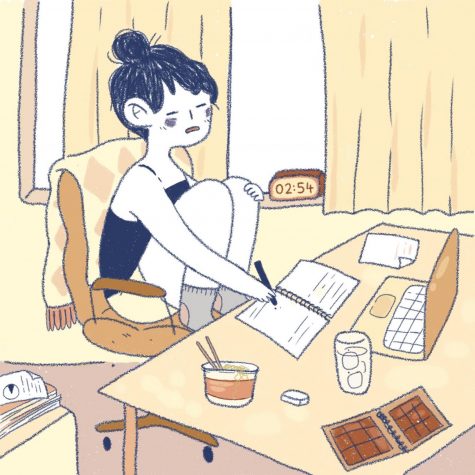How We Should Survive Winter
“The next three months are going to be just horrible.” This was the advice of Dr. Ashish Jha, Dean of Brown University’s School of Public Health when interviewed by the New York Times about what Americans should expect this winter. Nationally, we are entering a time like no other. Cases and deaths are setting daily records. Cold weather will prevent socialization. Vaccines may bring this pandemic to an end by summer, but we must first cross the dark days of winter. Fortunately, there is a simple strategy to get us there: including students in decisions by being open about where we stand and seeking student input where relevant.
Much of the fall was successful. Three months without a single positive test on campus is a remarkable feat. The administration spared nothing to keep us safe. B&G and the Dining Hall took heroic precautions. Students and faculty alike committed to the challenges of the term and accepted the drastic changes the pandemic called for.
By the end of the term, however, the fall’s toll began to show. For one, confidence fueled by negative tests turned certain rules into suggestions. The carefully signaled traffic flow went out the window first. Social distancing vanished. In the dining hall, suspiciously crowded tables appeared. We made it through fine, but with current case levels, this attitude will become risky, especially at the start of the term as we return from all across the globe.
More seriously, the counseling office saw more students than ever before. While some of this may be attributed to external stressors – a raging pandemic, the election – there is little doubt Groton’s rigorous environment also played a role. 60 days without a break is hard under normal circumstances. Not to mention outlets such as games, leaving campus, seeing friends in other dorms and 10-12 were deemed not safe and not allowed.
The solution to both of these problems – student disregard for rules and an increase in student suffering – is straightforward: tell us what’s happening and ask us what we think. While this may sound counterintuitive, leaving behind the community when planning weakens the final outcome. Yes, we need all the science we can get. Yes, a small decision-making group streamlines the process. But, at the center of these plans are the lives of students and faculty who bring valuable perspective to the process .
When rules appear from above, with no explanation for how they keep us safe, students are less inclined to follow them. This trend expands when rules contradict each other. Why can we eat as a dorm in the dining hall but not in the common room? Why can we sit facing each other in the schoolhouse but not in the classroom? Any evidence behind the rules fails to reach the students and soon the rule becomes optional. Eventually, disagreements over minor rules weaken the legitimacy of major rules.
Without explanations, students will fill in whatever they believe to be true based on the limited information available. Take, for example, a debate about whether a certain freedom is safe. Students may see a month of negative tests and protections like masks as evidence that weakening restrictions is fine. Those making the rules, however, may be more worried about the jump in the positive test rate in Middlesex County that occurred over the same period. On one side are adults who seek to restrict wherever possible and on the other ungrateful students who don’t understand how risky they are being. Where do we go from here? Fortunately, this whole mess is avoidable with intentional and widespread communication.
It may be as simple as an email outlining what places and situations on campus are the highest risk of transmission and what Massachusetts laws are complicating life right now. Maybe it’s fifteen minute all form meetings to explain the rules directly. Or perhaps students can submit questions they still have about the term to adults on campus to open the channel of communication.
Finally, on issue of student mental health and wellbeing, who better to tell you what hurts and what helps than the student body itself. The faculty at this school are exceptional, but they do not see everything the students see. They do not see the increasingly sleepless nights as work grows more demanding. They are not in the dorm when teenagers are called on to stop their friend’s anxiety attacks or discern the difference between normal stress and something more serious. Without an avenue to share what’s really happening at school, critical information and good ideas can slip through undetected. What if the decision makers reached out instead and asked students what they needed? Or there were even student voices in the room when trying to decide what can be done to help? What solutions could we find then?
It will be a long and dark two months. Somehow, hopefully, we will survive it together. The question that remains, then, is what the cost of survival will be. What risks do ignored rules pose to the safety of our campus this winter? How many students will bear mental or physical scars? I challenge us all to embody collaboration, students by respecting the changes to our lives that the circumstances demand and decision makers by listening and trusting the perspectives of the students they are trying to help.


